John Ferguson Weir
John Ferguson Weir (1841-1926)
John Ferguson Weir grew up in West Point, New York, where his father, Robert Weir, was the drawing instructor at the United States Military Academy. His younger half-brother, Julian Alden Weir, would later gain repute as an Impressionist painter. Educated in local schools, Weir began art studies with his father at an early age. In November 1862, after serving briefly in the Civil War, he took a studio in the famous Tenth Street Studio Building in New York, where his neighbors included Sanford Robinson Gifford, Jervis McEntee, Frederic Edwin Church, and Edward Lamson Henry. His first major painting, “Interior of an Artist's Studio” (1864; Los Angeles County Museum of Art), led to his election as an associate of the National Academy of Design. Two years later the enthusiastic reception of “The Gun Foundry” (1864-66; Putnam County Historical Society, Cold Spring, N.Y.) earned his unanimous election to full academician at the age of twenty-five. Weir married in 1866, and with money from the sales of his pictures traveled in Europe with his wife in 1868-69. Upon returning to the United States he accepted the position as the first dean of the Yale School of the Fine Arts. While Weir intended to pursue his artistic career, he found that his duties at the newly established school left little time for painting. He did not create any other works on the grand scale of his early successes and instead produced mainly pastoral landscapes, portraits of Yale professors and administrators, and still lifes; his major contribution to American art lay in the realm of education.
Shoeing the Ox (The Blacksmith Shop), 1868
Oil on canvas, 10 3/4 x 16 in. (27.3 x 40.6 cm)
Signed and dated (lower right): John. F. Weir. 1868.
Gift of Henry S. Beers (1970.54)
“Shoeing the Ox” can be read as a combination of Weir's two major subjects of the 1860s--American industry and interior scenes. His major foundry pictures, “The Gun Foundry and Forging the Shaft” (1867-68, destroyed; second version, ca. 1874-77, Metropolitan Museum of Art, New York), depict the well-known West Point Iron and Cannon Foundry in Cold Spring, New York, which was familiar to Weir from his youth. Along with three unlocated pictures “The Foundry Man” (1865), “Forge” (1875), and Tapping the Furnace (1876)--these works present the process of transforming natural materials into objects for the nation's peacetime--or wartime--conveyed with a combination of realistic treatment and romantic sensibility. “Shoeing the Ox” depicts the more old-fashioned forging process still used by the village blacksmith.
Although it depicts an industrial activity, “Shoeing the Ox” can also be viewed as an interior scene in the tradition of “Interior of An Artist's Studio”, “The Morning Paper” (1868; Metropolitan Museum of Art, New York), and “Sunny Moments” (1864; Yale University, New Haven). As it does in these pictures, bright sunlight illuminates the dark interior and highlights the quiet activities of the room’s inhabitants. Several bright-red accents are found in the blacksmith's shirt, a glowing coal, and a piece of red cloth hanging from a post. As he did in his earlier industrial masterpieces, Weir emphasized the shiny smooth surfaces of the newly forged metal, describing the anvil, hammers, shoes, nails, and other tools whose gleaming surfaces are highlighted by the bright light. “Shoeing the Ox” was probably painted in Milford, Pennsylvania, where he lived for a short time after his marriage. Weir wrote in his memoirs that he "found an agreeable change in occupying myself with landscape-painting, and with a small picture of the old blacksmith of the village at work in his smithy--a man of marked character and personality, of whom Longfellow's 'The Village Blacksmith' might well serve as a realistic character-study."(1)
Also known as “The Blacksmith Shop”, the New Britain work is likely the painting recorded in Weir's handwritten list of pictures as number 69 “Shoeing the Ox” May 1868 10 1/2 x 16 J. A. Dean (afterwards exchanged with J. W. Pinchot for 2 landscapes value 400. by Gifford 250.00." Joseph A. Dean, a New York merchant who handled Weir's affairs while he was in Europe, owned “The Bearer of Despatches” (1868; unlocated) and “The Morning Paper”. James Wallace Pinchot, a wealthy New York merchant who lived in Milford, Pennsylvania, in the late 1860s, commissioned from Weir various copies of Old Master paintings in the Musée du Louvre, Paris, as well as a portrait of himself (1909; Yale University Art Gallery, New Haven).
MAS
Bibliography:
Theodore Sizer, ed. “The Recollections of John Ferguson Weir, Director of the Yale School of the Fine Arts”, 1869-1913 (New York: New-York Historical Society, 1957); Betsy Fahlman, "John Ferguson Weir: Painter of Romantic and Industrial Icons," “Archives of American Art Journal” 20, no. 2 (1980): 2-9; New Britain 1981, pp. 48-67; Richard S. Field, "Passion and Industry in the Art of John Ferguson Weir," “Yale University Art Gallery Bulletin” (1991): 58, 65 n. 20; Betsy Fahlman, “John Ferguson Weir: The Labor of Art” (Newark: University of Delaware Press; London: Associated University Presses, 1997).


